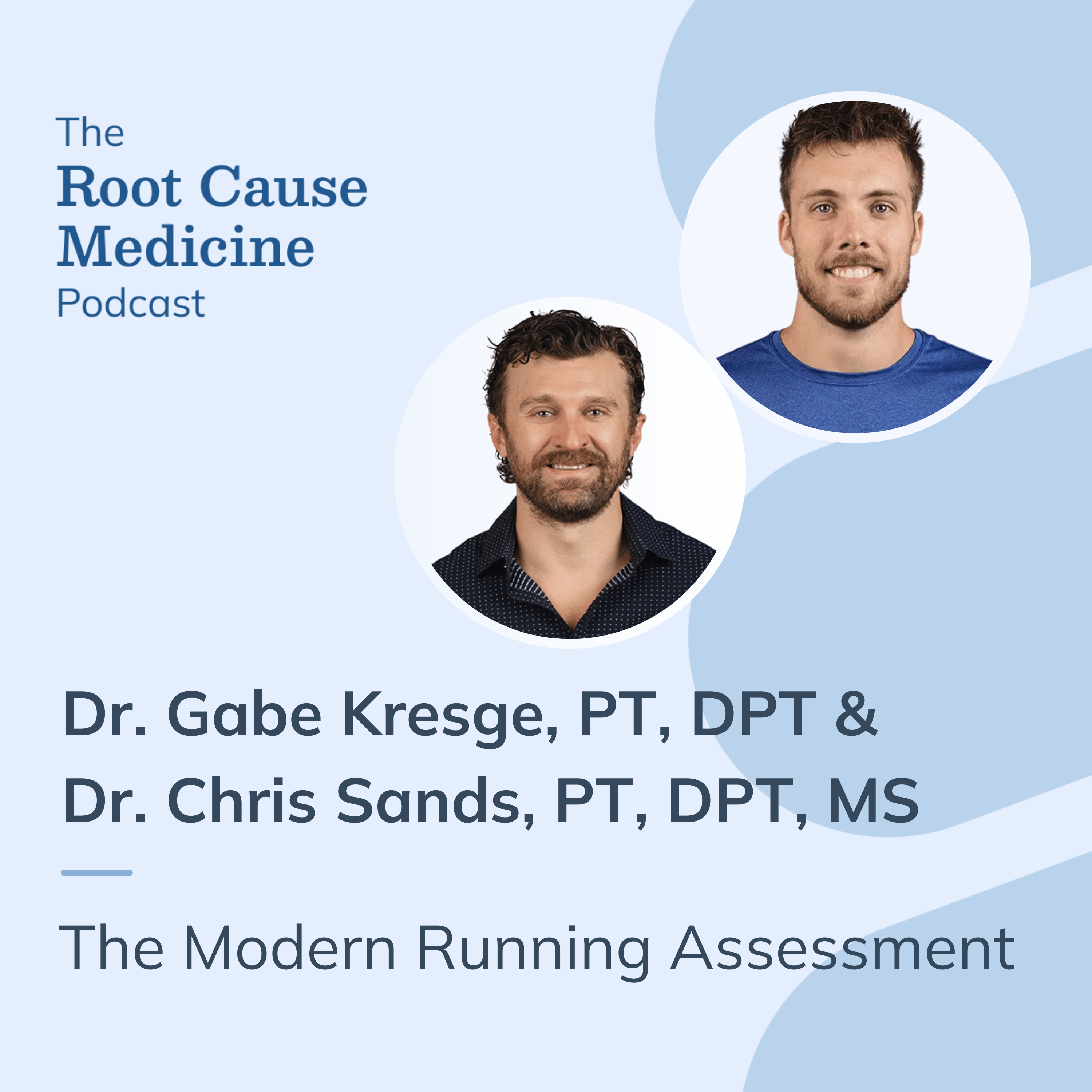B-cell Acute Lymphoblastic Leukemia (B-cell ALL) represents 75–80% of the 2% of lymphoid neoplasms diagnosed annually in the U.S.
Despite advances in treatment, the care of patients with B-cell ALL remains complex, requiring specialized expertise and a compassionate, patient-centered approach.
This article provides a comprehensive overview of B-cell ALL, addressing its causes, symptoms, diagnostic methods, treatments, and evolving care strategies.
[signup]
What is B-Cell Acute Lymphoblastic Leukemia?
B-cell Acute Lymphoblastic Leukemia (B-cell ALL) is a blood cancer that originates in the bone marrow and involves abnormal B lymphocytes. These cells disrupt the normal production of healthy blood cells. B-cell ALL is the most common form of acute lymphoblastic leukemia, particularly in children, but can also affect adults.
Types of Leukemia:
- T-cell Acute Lymphoblastic Leukemia (T-cell ALL): Affects abnormal T lymphocytes and is similar to B-cell ALL, with a more aggressive presentation.
- Acute Myeloid Leukemia (AML): Involves myeloid cells, progresses quickly, and is more common in adults.
- Chronic Lymphocytic Leukemia (CLL): A slow-growing leukemia that affects mature B lymphocytes, primarily in older adults.
- Chronic Myelogenous Leukemia (CML): Characterized by the Philadelphia chromosome, affects myeloid cells, and progresses slowly with targeted therapy.
Epidemiology
B-cell ALL is relatively rare but significant in cancer diagnoses. In the U.S., approximately 4,000 new ALL cases are diagnosed each year, with B-cell ALL being the most common subtype. The incidence tends to be higher in developed countries due to better healthcare access and diagnostic technologies.
B-cell ALL most often affects children, peaking between ages 2 and 10, though it also occurs in adults. Boys are more frequently diagnosed than girls. Ethnic variations in incidence rates exist, with higher rates observed in Caucasian children compared to other racial groups. Genetic factors may influence susceptibility and treatment responses across different populations.
Causes and Risk Factors of B-Cell ALL
Genetic, environmental, and lifestyle factors may influence the development of B-cell ALL, though the exact causes are complex and multifactorial.
Common Genetic Mutations
Genetic mutations play a significant role in B-cell ALL. Common mutations include changes in the TEL-AML1 fusion gene, BCR-ABL translocation, and P53 tumor suppressor gene mutations. These mutations disrupt cellular functions, leading to unchecked growth of B lymphocytes. Abnormalities in genes responsible for DNA repair and cell cycle regulation are also frequently observed.
Hereditary Risks
Most cases of B-cell ALL are not inherited, but certain genetic conditions increase susceptibility. For instance, individuals with Down syndrome (Trisomy 21) are at higher risk for B-cell ALL. Other inherited conditions like Li-Fraumeni syndrome also increase leukemia risk due to mutations affecting cell growth regulation.
Environmental Factors
Ionizing radiation is a well-established risk factor for B-cell ALL. Individuals exposed to high levels of radiation, such as survivors of nuclear accidents or those receiving radiation therapy for other cancers, have an increased incidence of B-cell ALL. Radiation-induced DNA damage can lead to mutations that promote leukemia development.
Exposure to chemicals commonly seen in industrial settings can increase the risk of leukemia. Long-term benzene exposure has been linked to acute and chronic forms of leukemia. Other chemicals in rubber or plastics manufacturing may disrupt normal cellular processes, contributing to the development of B-cell ALL.
Lifestyle Factors
Nutrition can influence immune health, which may affect cancer development. Diets rich in antioxidants and micronutrients support immune function, while poor diets or obesity may increase cancer risk, including leukemia. However, more research is needed to understand these connections fully.
Occupational exposure to asbestos, benzene, and pesticides increases the risk of developing B-cell ALL. Prolonged exposure to petrochemicals, agriculture, and mining can heighten these risks.
Rare Causes
Rare genetic conditions, such as Fanconi anemia and neurofibromatosis type 1, are linked to an increased risk of B-cell ALL. These conditions impair DNA repair and cell regulation, contributing to higher leukemia susceptibility.
B-cell ALL can develop as a secondary malignancy following chemotherapy or radiation for other cancers, such as Hodgkin lymphoma. Although rare, secondary leukemia may develop years after the initial cancer treatment.
Symptoms and Early Detection
B-cell Acute Lymphoblastic Leukemia (B-cell ALL) presents with a range of symptoms, some of which may overlap with other conditions.
Common Symptoms
Symptoms of B-cell ALL can overlap with those of other conditions. Common manifestations include fatigue, asthenia, frequent infections, easy bruising, epistaxis, and gingival bleeding. These signs are not exclusive to B-cell ALL. Diagnosis requires a healthcare provider to conduct appropriate diagnostic tests and evaluations.
Rare Symptoms
If leukemia infiltrates the central nervous system, neurological symptoms, such as headaches, vomiting, and seizures, may occur. These are rare but serious signs, as they can suggest CNS involvement. B-cell ALL may also cause organ-specific symptoms in more advanced stages, including hepatomegaly, splenomegaly, and lymphadenopathy. In some cases, leukemic cells infiltrate the skin, leading to leukemia cutis, which appears as nodules or rashes.
Recognizing subtle signs like unexplained fatigue, frequent infections, or easy bruising is important for early detection. Healthcare providers should remain vigilant, especially in at-risk populations, and promptly refer for further diagnostic evaluation.
Advanced Diagnostic Procedures
Accurate diagnosis is essential for confirming B-cell ALL, assessing disease progression, and guiding treatment decisions.
Laboratory Tests
Routine blood tests are the first step in detecting B-cell ALL. A CBC often reveals anemia, leukocytosis, or leukopenia, and thrombocytopenia. A peripheral blood smear may show blasts, which suggest leukemia. These tests alone are not diagnostic but indicate the need for further investigation.
A bone marrow biopsy is the definitive diagnostic procedure. A bone marrow sample, typically from the iliac crest, is aspirated and examined for abnormal lymphoblasts. The biopsy provides key information about the percentage of blasts in the marrow, marrow involvement, and prognosis.
Imaging Techniques
MRI is beneficial for detecting CNS infiltration, while CT scans assess lymph node, liver, spleen, and mass involvement. PET scans detect hypermetabolic areas, helping to identify active disease and metastasis, which is essential for staging and treatment evaluation.
Molecular and Genetic Testing
Flow cytometry identifies specific leukemic cell markers, distinguishing B-cell ALL from other types of leukemia. It is also used to monitor minimal residual disease and detect relapse. Cytogenetic analysis detects chromosomal abnormalities, such as BCR-ABL and TEL-AML1, which provide prognostic information and help guide therapy.
Emerging Diagnostic Technologies
Next-generation sequencing (NGS) allows for comprehensive genetic profiling of B-cell ALL, identifying mutations not visible through traditional cytogenetic methods, such as those in NOTCH1 and IKZF1. NGS is highly sensitive and can inform personalized treatment strategies.
Liquid biopsies, which analyze circulating tumor DNA or RNA from blood samples, are increasingly being used to monitor disease progression and detect relapse. Although still under research for B-cell ALL, liquid biopsies hold potential for future clinical applications.
Treatment Options for B-Cell ALL
B-cell ALL is managed with conventional therapies and newer, targeted treatments. Treatment decisions are based on disease progression, patient age, and genetic characteristics.
Conventional Treatments
Chemotherapy remains the primary approach in B-cell ALL treatment. Regimens like Hyper-CVAD and Berlin-Frankfurt-Münster protocols are commonly used for remission induction.
Radiation therapy is used for CNS involvement or in high-risk cases. It targets leukemic cells in the brain and spinal cord, often combined with chemotherapy, particularly when there is failure to respond to initial treatment.
In relapse or refractory disease cases, hematopoietic stem cell transplantation may be considered, though it carries associated risks such as graft-versus-host disease and infection.
Targeted Therapies
Monoclonal antibodies, like inotuzumab ozogamicin, are used for relapsed or refractory B-cell ALL. These targeted therapies bind to cancer cells, marking them for destruction by the immune system.
Tyrosine kinase inhibitors such as imatinib and dasatinib are effective for Philadelphia chromosome-positive B-cell ALL. TKIs block the signals that promote leukemic cell growth and are typically combined with other therapies to enhance overall treatment effectiveness.
Integrative and Complementary Approaches
Nutrition plays a key role in supporting patients through treatment. A balanced diet helps maintain immune function, support recovery, and minimize side effects like nausea and weight loss.
Recent studies suggest the gut microbiota may influence the development and progression of leukemia. Prebiotics, probiotics, and postbiotics are considered beneficial for health. Inulin, in particular, may have a role in leukemia treatment.
Some probiotics, such as Lactobacillus, have shown anticancer effects in in vitro studies, while Bifidobacterium spp. may reduce cancer cell proliferation by inhibiting growth factor signaling and inducing apoptosis.
Several bacterial metabolites also offer potential in anticancer therapy. However, further research is needed to understand the role of microbiota in leukemia.
In addition to nutrition, mind-body therapies like meditation, mindfulness, and relaxation techniques can help manage stress, reduce anxiety, and enhance overall well-being. These complementary strategies address the emotional and physical challenges of B-cell ALL treatment.
Personalized Medicine
Advances in personalized medicine allow treatments to be tailored based on a patient's genetic profile. Genetic testing can identify gene mutations such as NOTCH1 or IKZF1, allowing for more targeted therapies that improve treatment effectiveness while minimizing side effects. This approach continues to evolve, offering the potential for increasingly individualized treatment strategies.
Prognosis and Survival Rates
Several factors, including age, health status, and genetic markers, influence the prognosis and survival rates for B-cell ALL.
Factors Influencing Prognosis
Age and overall health are significant factors in determining prognosis. Children typically respond better to treatment than adults, while comorbidities can affect treatment tolerance.
Genetic markers, including mutations like BCR-ABL translocations, can also impact prognosis and therapy response. High-risk genetic markers are often associated with poorer outcomes, though targeted therapies may provide potential treatment options.
Survival Statistics
In high-income countries with access to advanced diagnostic tools and therapies, pediatric B-cell ALL survival rates exceed 85%. Survival rates are lower in adults, especially in relapsed cases, though newer therapies are improving outcomes. Global survival rates vary, with lower rates in low and middle income countries due to delayed diagnosis and limited healthcare access.
Quality of Life Considerations
Side effects from treatment, such as fatigue, infections, and organ toxicity, can impact patients' quality of life. Managing these effects is important for maintaining well-being. Emotional support, including family, counseling, and peer networks, plays a key role in recovery. Additionally, practical resources help families navigate the complexities of treatment and care.
Emerging Research
A 2025 case series highlights blinatumomab's potential as a treatment option for children with relapsed or refractory (R/R) B-lineage acute lymphoblastic leukemia (B-ALL).
Blinatumomab, a bispecific T-cell engager antibody, targets CD19 on B cells and CD3 on T cells, allowing the immune system to direct its attack against CD19-positive leukemic cells.
In this small case series of nine patients, eight (88%) had not achieved remission after salvage chemotherapy. However, seven of these eight patients (87.5%) achieved morphological remission after one cycle of blinatumomab, with 5/8 (62.5%) showing a measurable response in residual disease.
Three patients underwent a second cycle, with two showing no response and one experiencing disease progression. Cytokine release syndrome of Grade 3 severity was observed in 2/9 (22%) patients.
Following treatment, seven patients (78%) proceeded to hematopoietic stem cell transplant. At a median follow-up of 650 days, overall survival and progression-free survival rates were 55.6%.
Although this represents a small cohort, the findings suggest that blinatumomab could be a viable treatment option for R/R B-ALL, suggesting efficacy with manageable toxicity.
Further studies are needed to explore its potential role in treatment protocols.
[signup]
Key Takeaways
- B-cell Acute Lymphoblastic Leukemia remains a central focus in research and clinical practice, with its complex genetic factors and evolving treatment strategies.
- Managing B-cell ALL requires a multi-disciplinary approach with precise genetic profiling and timely diagnosis.
- Conventional therapies continue to be fundamental in improving outcomes. Exploring integrative approaches, including nutrition and gut microbiota, offers additional support during treatment.
- Global disparities highlight the need for equitable access to care. As treatment options evolve, personalized medicine, which tailors therapies to individual genetic profiles, provides a pathway to more targeted interventions.
- Ongoing research is essential to improve treatments, quality of life, and global access to care.












%201.svg)







